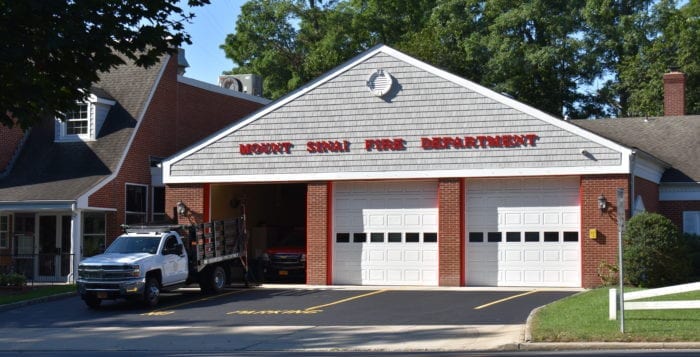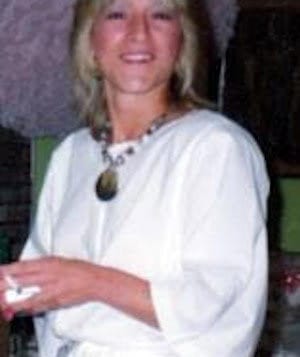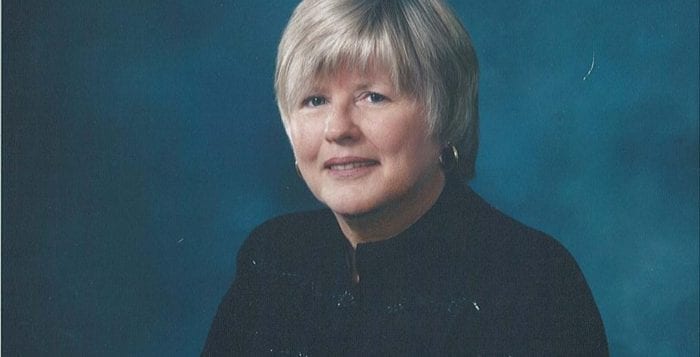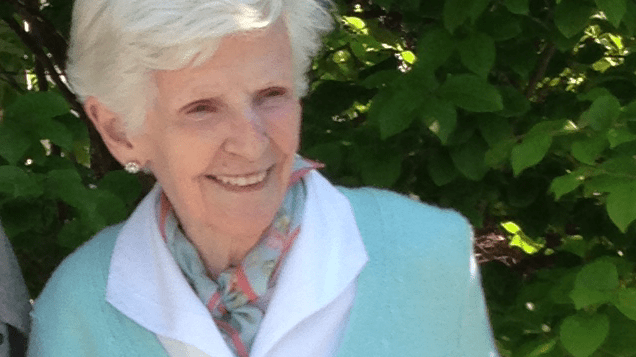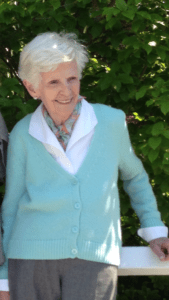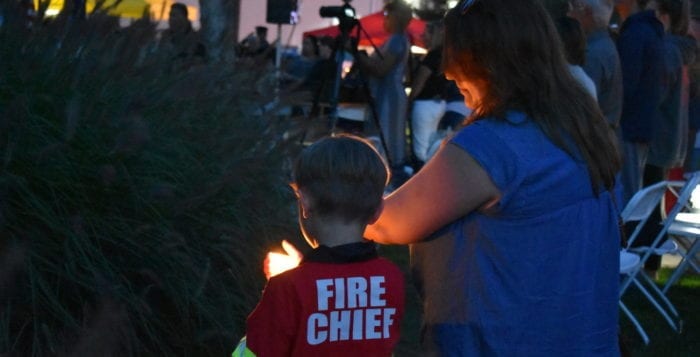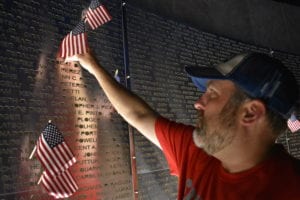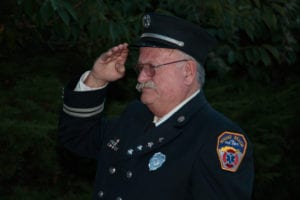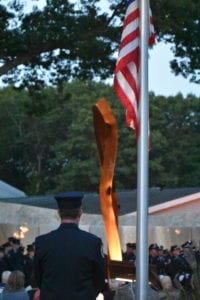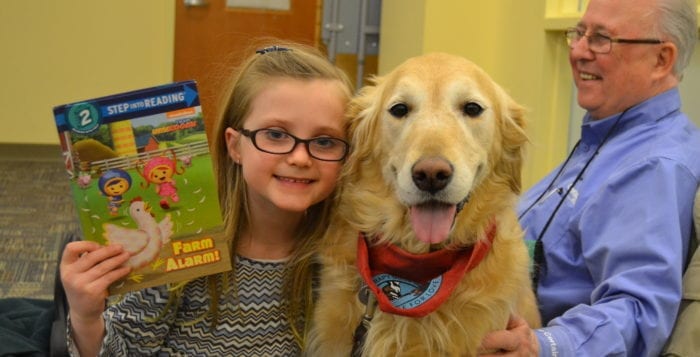I’m writing today to share some hope. In November, I will miraculously have been six years sober. I say it is a miracle because for the longest time I believed I was hopeless, and I thought I would never find any peace until I was dead. It sounds very harsh but that’s exactly where my addiction lead me.
I come from a small town in Suffolk County. Growing up there was a lot of chaos to say the least. I always felt out of place, like something was missing, or that I just didn’t belong here. I was filled with so much fear, pain and anxiety that I could physically feel this emptiness inside of me. Like a pit in my stomach that never went away. I was left to my own devices and with no way to cope at 13 years old I found drugs and alcohol worked well for me. The second I put a substance in my body things changed. I was OK, I could breathe, I could go to school, I could have a conversation, I could do all the things my anxiety stopped me from doing. Most of all I felt peace, something that was foreign to me, but of course I wanted more.
More, more, more. There were never enough drugs for me, I was like a bottomless pit. I would drink until I was throwing up and then drink some more. I wasn’t one of those dainty girls you would see holding a cute mixed drink, I was the one sniffing lines in the bathroom and chasing it with a bottle. It was always very clear to me that I partied harder than my friends. Getting high was my only real goal and nothing else mattered. At 15 I stumbled upon Vicodin. My friend had a prescription after getting her tooth extracted and shared it with me. From that moment on I didn’t want anything else, just that feeling one more time.
After two days, between the both of us, the script was gone. Painkillers were my hero. No waiting for alcohol to kick in, no getting sloppy and not being able to walk or speak. No smell. I had finally found what I had been looking for, a way to conceal the fact that I was high all the time. From then on, I found a drug dealer with OC 80s [OxyContin 80 mg] and my happiness relied on him answering the phone.
One day before school — I think ninth grade — I could not get out of bed. My entire body ached, I was sweating, had the chills and I was throwing up. I had no idea what was going on. I called my friend. She asked if I was coming out and I said, “What?! I am so sick I can’t even move.” She replied, “You’re dope sick.” No one told me about this. So, I went outside, sniffed an OC 80 and, voilà, in two minutes I was fine. I had only been taking the pills for about one week before I became physically dependent. Now, I was not only emotionally and mentally dependent, but now my body relied on the pills physically.
People think that using drugs and alcohol is a choice, and it may have been a choice the first time I used them, but after that I had no choice in the matter. Drugs were like oxygen. It wasn’t a want, it was a need. The truth is that this was the case for me even when I wasn’t sick. After a couple of attempts at getting sober, I found that even when my body wasn’t screaming at me for more, my mind was. I went to my first inpatient rehab at 15. Wanting to do the right thing wasn’t enough. My mother would beg and plead. My brother would cry, my sister would try to fight me physically every time I walked out the door. My boyfriend would break up with me. Nothing mattered. Nothing could stop me. I stopped going to school, I couldn’t hold a job, I couldn’t be in any relationship. My life completely evolved around getting high.
Pills were expensive and at 16 it’s hard to make enough money to support a drug habit, especially when you’re dope sick half of the time. I learned that heroin was cheaper. What’s funny to me is when you say the word heroin, and everyone goes “O-o-h,” the same people that drink until they can’t walk and sniff lines in dirty bathrooms look at you crazy when you mention the word heroin. I wasn’t afraid of it. Not even for a second. I had my friend teach me how to mix it, filter it and shoot it. Less money and a quicker delivery. My life was already spiraling at a rapid rate so I thought, “How bad can this be?”
I was not allowed in or near my family’s house, dropped out of school and my old friends wanted nothing to do with me. My life was a cycle of get money, get high, get sick, repeat.
From ages 15 to 20, I had been to 10 inpatient facilities and had a couple of stays in the psych ward. Some inpatient stays were 21 days long; some were two months, some were three. The longest stay was six months.
On my 18th birthday, I got on the methadone clinic program, thinking it would solve all my problems and it did for a little bit. My dad allowed me to live with him, I got my GED certificate, I got a job. But the thing is they wanted me to stop using other drugs in combination with the methadone and I wasn’t capable of that. Back to rehab I went — it was the worst detox ever.
My life was out of control. I was a mess internally and externally. The drugs stopped working. I was restless, irritable and discontent with and without them. For two years, I lived my life thinking I was better off dead. I was done. There are no other words than “done.” I figured since I didn’t want to live anymore and I knew other people had gotten sober, I would go to rehab one last time. So off I went. The funny thing about me: Once I’m detoxed and feeling better, I think I don’t need to take anyone’s suggestions and that I know what’s best for me. I guess I like to learn things the hard way. So, I ignored the suggestion of going to a sober house, went home with the best intentions of being a good person of society and before I knew it, I was calling the drug dealer.
Coming to … I was constantly coming to. “How in the world did I get here?” I would think over and over. That’s where the powerlessness comes in. I didn’t want to do what I was doing, but I didn’t know how not to. If it was as easy as “just stop” using my “willpower” I would have stopped a long time ago. No one wants to break the hearts of everyone who loves them. No one wants to steal, and lie, and manipulate. It’s like being in survival mode. So, I learned the hard way for about a year, ignoring suggestions and thinking, “I know what’s best,” and falling on my face over and over.
It was November of 2013. Everything I owned, including my cat, was in the car of someone I was using with. Talk about wanting to die. So, for the 100th time, I was done. This time wasn’t really any different than any other time. I said I was done. I didn’t really think this time would be different. I just remember I prayed. Something really honest. Every rehab I called was full, no beds. For six days, I prayed to get a bed. I couldn’t go on. I prayed for God to help. I prayed to forget everything I thought I knew, I prayed for relief from this obsession, I prayed to be guided, I prayed to be really done this time, I prayed and said if this doesn’t work, please just let me die. On the sixth day, the rehab called me back and told me that they had a detox bed. When I went to the rehab, I was done thinking I knew what was best for me. I made it very clear numerous times that I obviously had no idea. I was listening to someone in recovery speak one day and she said, “I’m here to give you a message of hope and a promise of freedom.”
If you could see inside my head, you would see the light bulb. It finally hit me. I needed to listen to other recovered people and rely on their guidance.
Today I pray to live, I am thankful I get to live this life. Today I am a daughter, a sister, a friend, a wife, a mother, an employee. Today I show up when life is good and when life is bad. Today I get to be present. Today life is a gift. I’m writing this article on my son’s fourth birthday. I’m getting it to the editor the day before the due date because even though I’m sober, I’m not perfect and I do procrastinate. But it just so happened that the day I finally got it done is my son’s birthday and I’m reminded again that every day is a gift.
I am grateful that I took the suggestions that were given to me at the rehab: I went to the sober house, I went to the meetings, I listened to the people who came before me that have maintained their sobriety, and I prayed.
Every day I get to work with people like myself and today my life is about helping other people and giving back what was freely given to me. I’m writing today to tell you that we do recover, and there is hope. No one is hopeless. If you are struggling, please reach out for help because help is available, and miracles are real!
Sincerely,
Someone who believes in you
Addiction recovery resources
Narcotics Anonymous Hotline
631-689-6262
St. Charles Hospital Chemical Dependency Program
631-474-6233
Long Island Center for Recovery
631-728-3100
Phoenix House
888-671-9392
Addiction Campuses
631-461-1807
Nassau University Medical Center
516-572-0123
Long Island Council on Alcoholism and Drug Dependence
631-979-1700
Eastern Long Island Hospital:
631-477-1000
Villa Veritas Foundation
845-626-3555
St Christopher’s Inn
845-335-1000
Seafield
800-448-4808
Hope House Ministries
631-928-2377
Family Service League
631-656-1020
Central Nassau Guidance and Counseling Services
516-396-2778
Talbot House
631-589-4144
Alcoholics Anonymous helpline
631-669-1124
National Suicide Prevention Lifeline
800-273-8255
Local Link Wellness
631-909-4300






